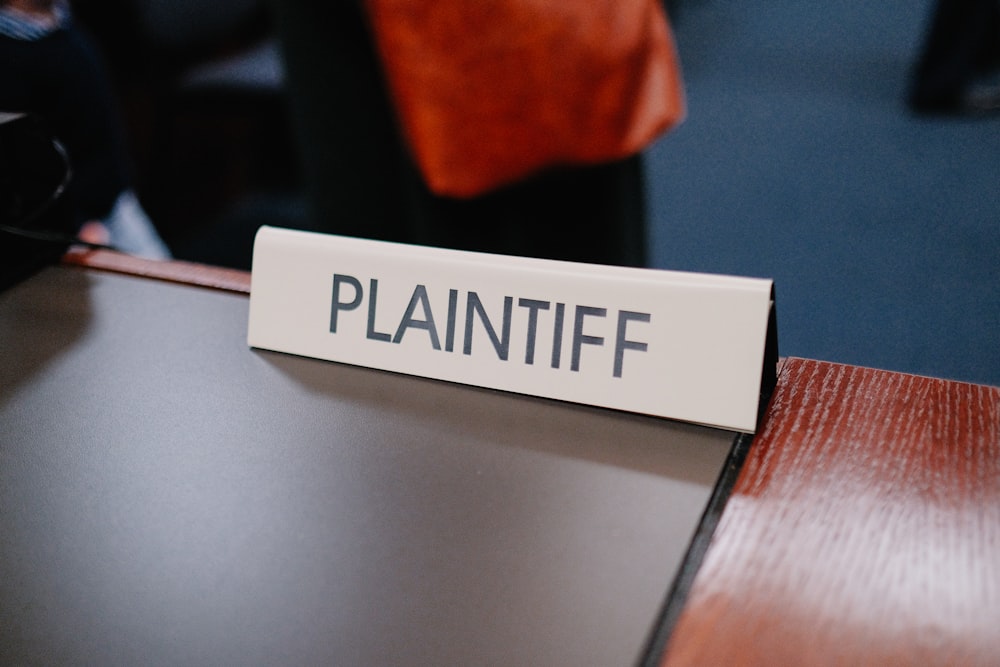Introduction
Legal precedent is a foundational concept in the realm of law, serving as a guiding principle for judicial decision-making. Understanding its nuances is crucial for anyone involved in legal proceedings, whether as a lawyer, judge, or even a citizen navigating the complexities of the legal system. In this article, we’ll delve into the key concepts of legal precedent, providing clarity on its significance and application.
The Basics of Legal Precedent
At its core, legal precedent refers to prior court rulings that establish a standard or principle to be followed in subsequent cases with similar facts or issues. This principle, often referred to as stare decisis, forms the basis of consistency and predictability within the legal system. By adhering to precedent, courts aim to ensure fairness and equality in the application of the law.
Types of Precedent
Legal precedent can be categorized into two main types: binding and persuasive. Binding precedent refers to decisions made by higher courts within the same jurisdiction, which lower courts are obligated to follow. These decisions set a mandatory standard for future cases. On the other hand, persuasive precedent involves decisions from courts in different jurisdictions or from courts at the same level that are not binding but may be considered influential in guiding a decision.
Hierarchy of Precedent
Understanding the hierarchy of precedent is essential for navigating the legal landscape. In many legal systems, including the common law system used in countries like the United States and the United Kingdom, precedent operates within a hierarchical structure. Decisions from higher courts, such as appellate or supreme courts, carry greater weight and must be followed by lower courts within the same jurisdiction.
Overruling and Distinguishing Precedent
While precedent is generally followed, there are circumstances where it may be overruled or distinguished. Overruling occurs when a higher court rejects the precedent set by a lower court in a previous case, thereby establishing a new standard. Distinguishing precedent involves finding differences between the current case and previous cases, allowing the court to justify a different outcome based on those distinctions.
The Role of Persuasive Authority
In addition to binding precedent, courts may also consider persuasive authority when making decisions. This includes decisions from courts in other jurisdictions or legal writings by scholars and experts. While not binding, persuasive authority can provide valuable insights and arguments to support a particular interpretation of the law.
Challenges and Limitations
Despite its benefits, legal precedent is not without its challenges and limitations. One challenge is the potential for outdated or flawed precedents to persist over time, leading to unjust outcomes. Additionally, the rigid application of precedent may hinder the development of the law in response to changing societal norms and values.
Adapting to Change
Recognizing the need for flexibility, courts often engage in a process of distinguishing or overruling precedent to adapt to evolving legal principles and societal expectations. This process allows the law to remain relevant and responsive to shifting circumstances while still maintaining a degree of stability and predictability.
Conclusion
In conclusion, legal precedent plays a vital role in shaping the trajectory of the law and ensuring consistency and fairness in its application. By understanding the key concepts of precedent, individuals can navigate the legal system more effectively and contribute to the ongoing evolution of jurisprudence. Read more about Legal precedent




